Meet Our Master Artisans
Explore the stories and crafts of talented artists and artisans who keep traditional art forms alive in Kasaragod

Rajesh Peruvannan
A third-generation Theyyam performer with over 25 years of experience in this sacred ritual art form.
Learn More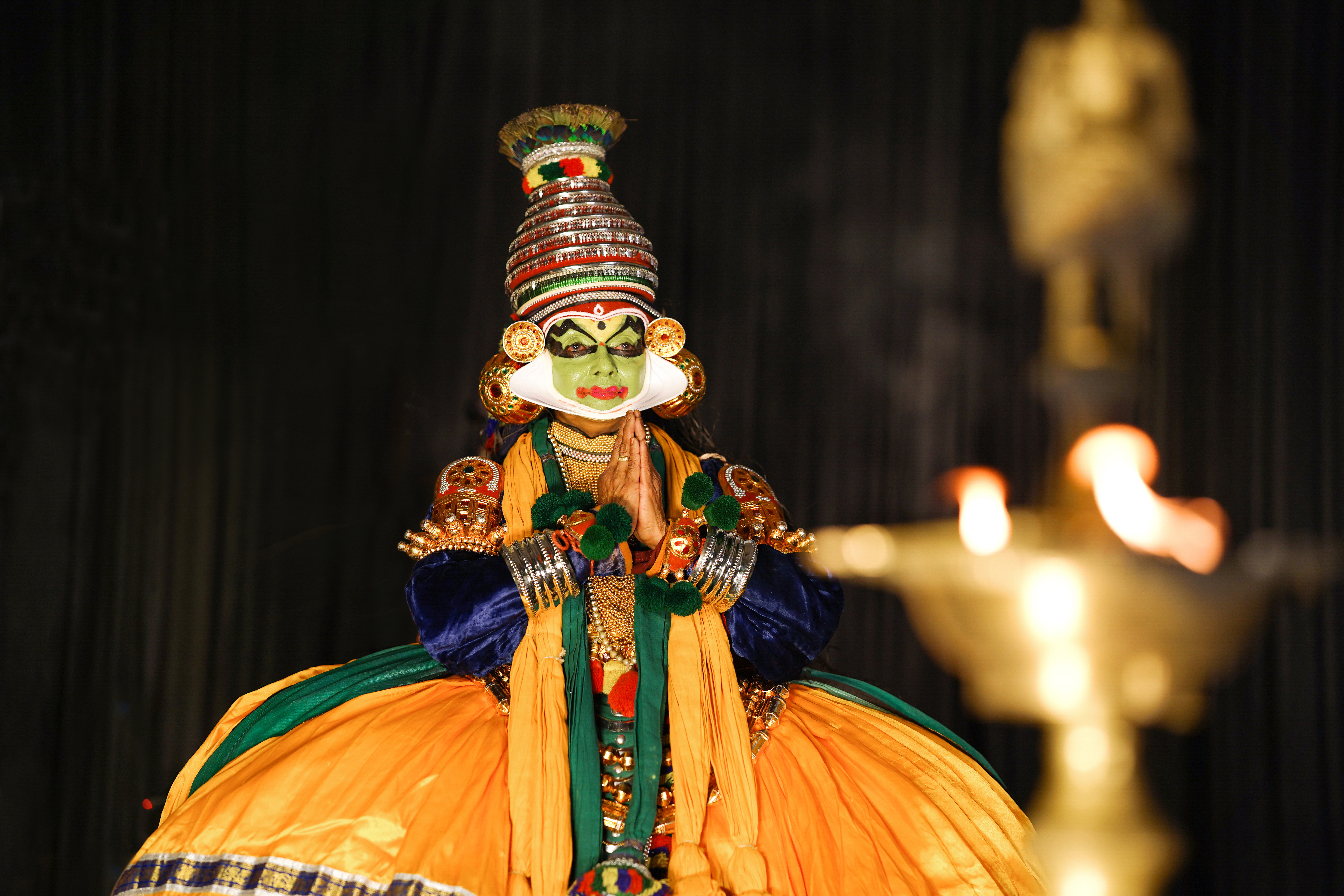
Hymavathi Raveendran
Hymavathi Raveendran, a pioneering Kathakali artist from Kasargod, Kerala, broke gender barriers in the art form.
Learn More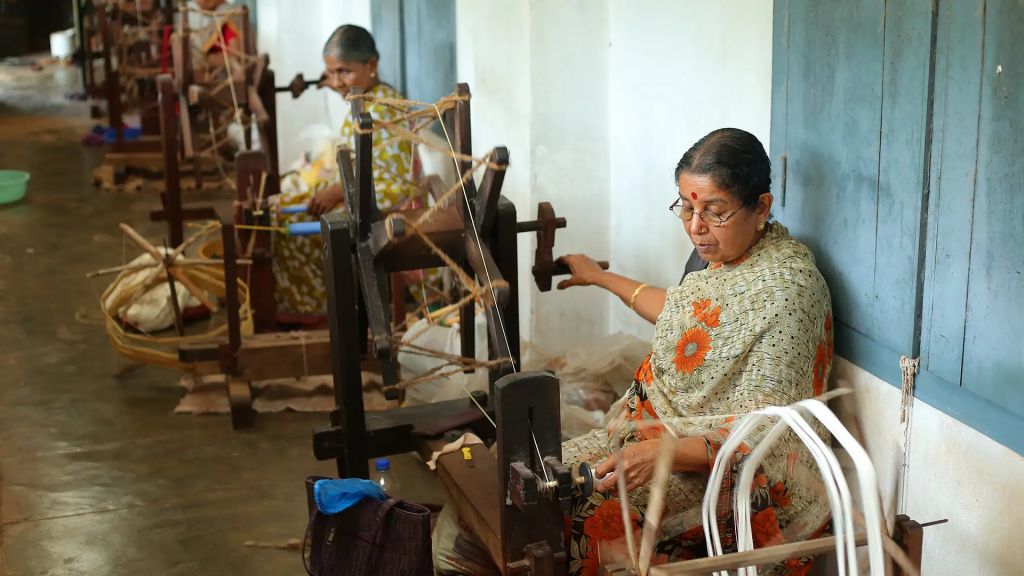
Lakshmi Devi
Master weaver specializing in traditional Kasaragod sarees using handloom techniques passed down through generations.
Learn More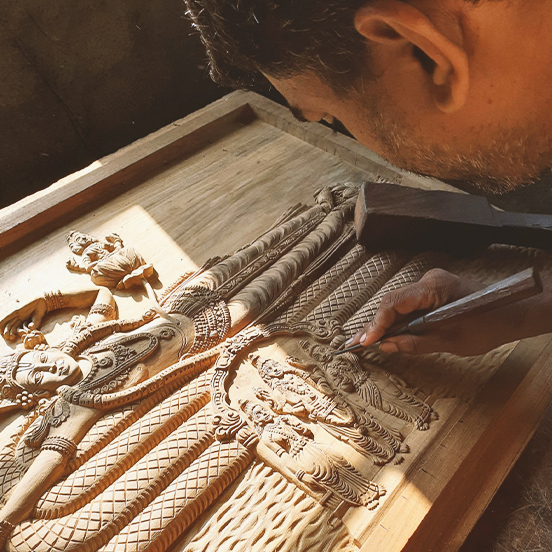
Gopalan Asari
Renowned wood carver creating intricate designs for temples and traditional Kerala homes for over 40 years.
Learn More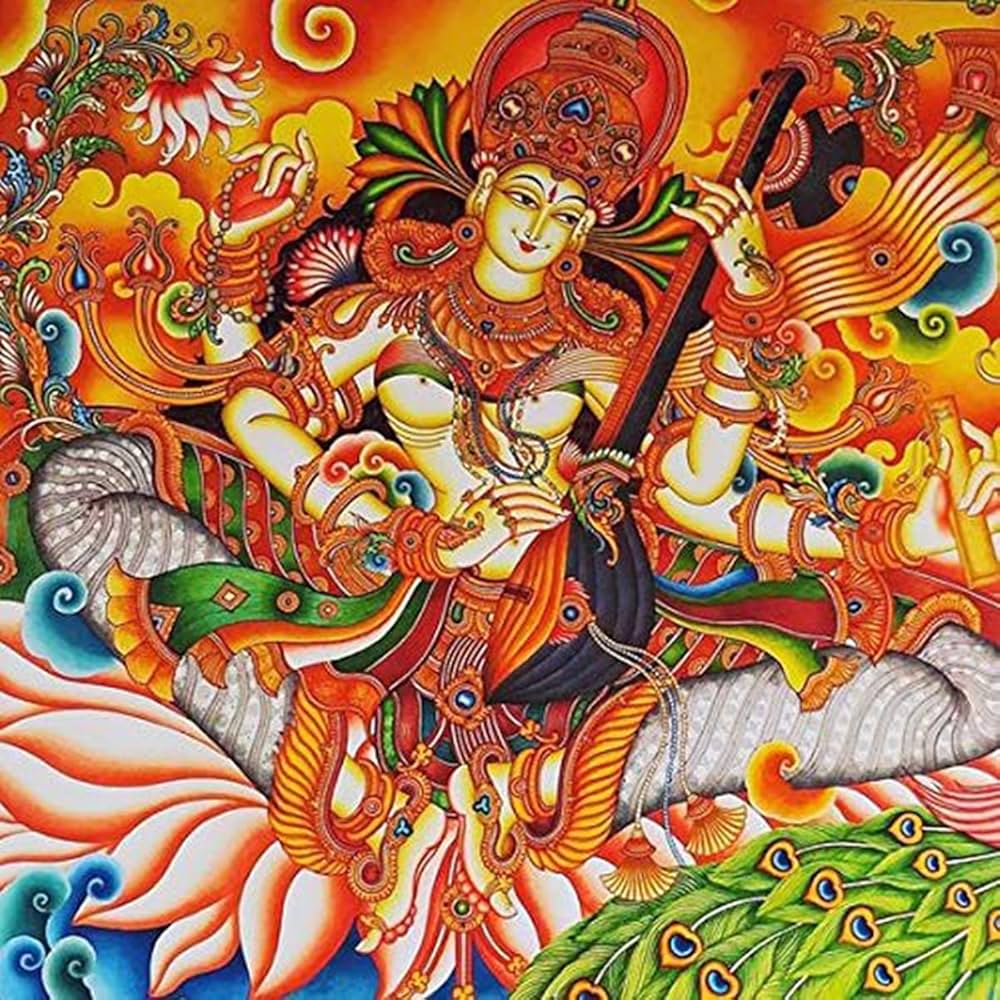
Sreelatha K
Skilled artist preserving the tradition of Kerala mural painting with unique depictions of mythology and folklore.
Learn More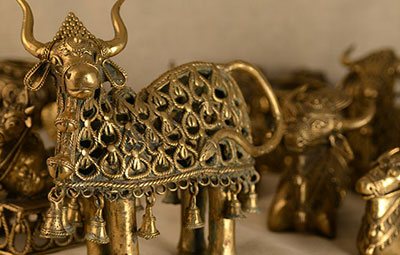
Manoj Mooshari
Expert craftsman working with bell metal to create traditional lamps, vessels, and decorative items using ancient techniques.
Learn More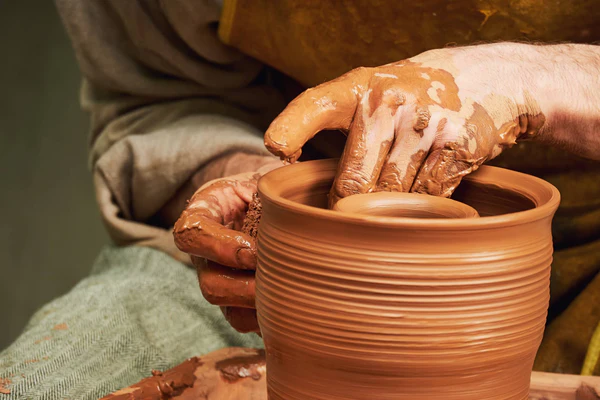
Kunjambu
Traditional potter crafting eco-friendly cookware and decorative items using locally sourced clay and natural colors.
Learn More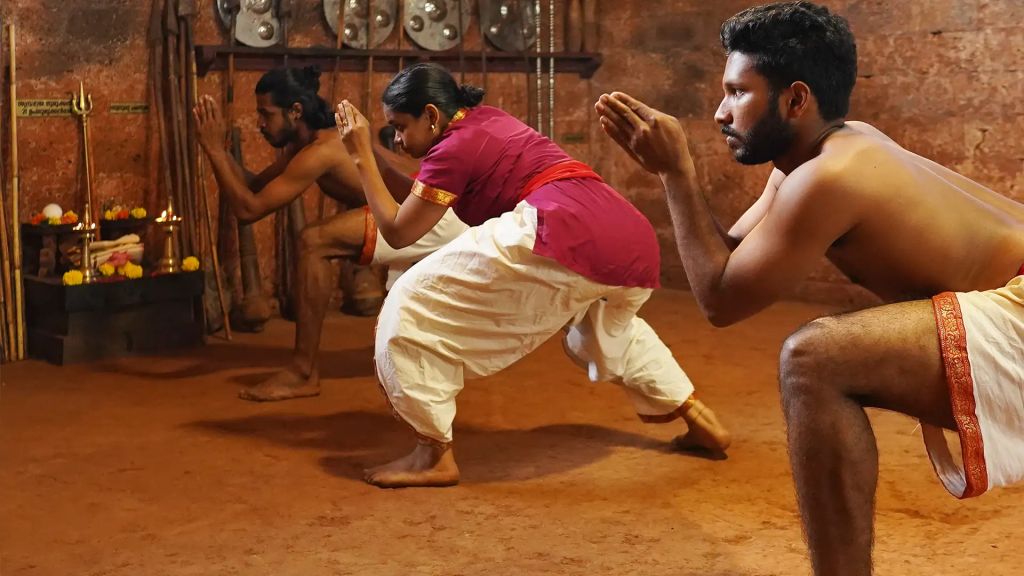
Madhavan Gurukkal
Master practitioner of Kalaripayattu, the ancient martial art form of Kerala, with decades of experience training students in traditional techniques.
Learn More


